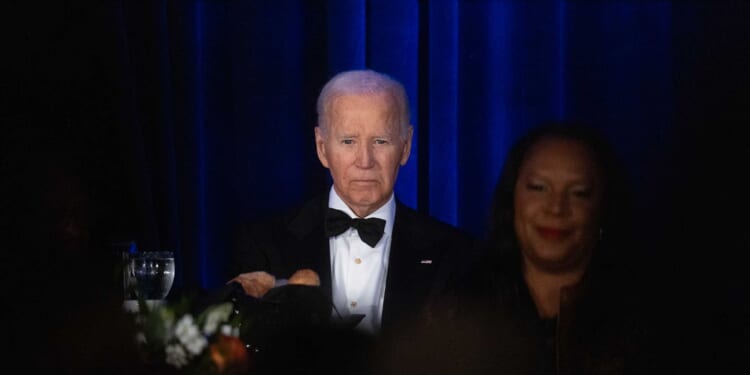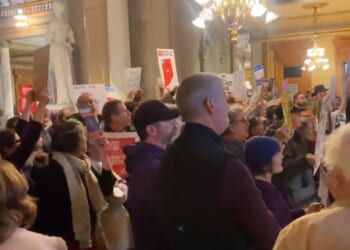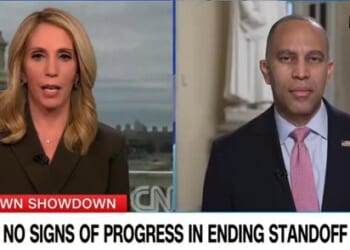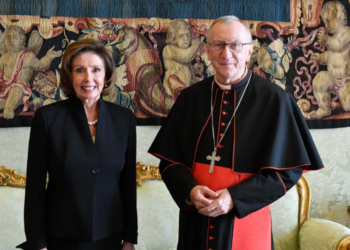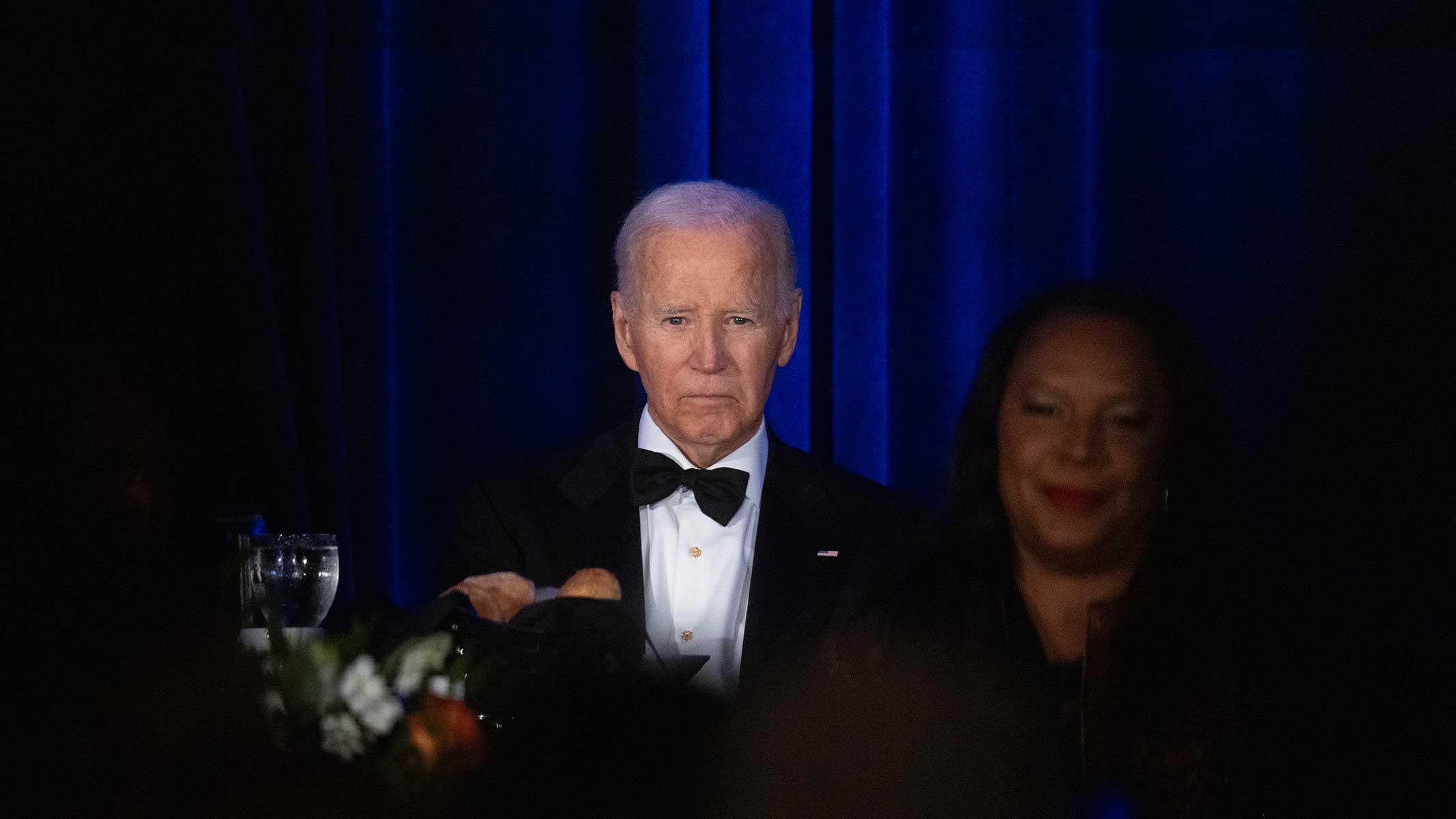
Mike Konczal is a leading figure in the Democratic Party’s resurgent left wing. As former director of the Roosevelt Institute, he helped steer the party away from the moderate Clinton-era economic consensus and toward a European-style social democracy. Later, as a top economist in the Biden administration, he helped put those ideas into practice, contributing to the most left-wing presidency in American history.
Like many others, Konczal has been thinking about how to reposition the Democratic Party, which is facing historically low poll numbers. He and his colleague Becky Chao at the Economic Security Project have released an extended report, “The Affordability Framework,” which tries to present a fresh left-wing vision for the economy. It’s largely a repeat of the Bidenomics playbook.
Finally, a reason to check your email.
Sign up for our free newsletter today.
The cost of living is the leading issue in American politics, a concern that the “Affordability Framework” acknowledges with a litany of economic woes from the Biden years. The authors note, for instance, that grocery prices rose 24 percent between 2020 and 2024, home prices jumped 50 percent over the past five years, and mortgage rates have soared. The main causes of these increases are clear: a lax Federal Reserve and an exploding federal deficit. Yet the report pays little attention to either.
That’s not surprising. For years, Konczal and others have begged the Fed for looser policies to juice the economy, showing little concern for fiscal restraint. Instead, Konczal and Chao point to two main causes of high prices. The first is “broken markets,” which they propose to fix through regulation, antitrust action, and direct government provision of services. The second is “broken incomes,” which they aim to address by boosting income for the lower and middle classes.
The authors lament “decades of disinvestment from public goods and social insurance” that have supposedly hurt non-wealthy families. It’s hard to square this claim with economic history. At the start of Ronald Reagan’s presidency and the dawn of supposedly neoliberal economics in 1981, federal social insurance payments made up less than 8 percent of the economy. Today, that figure is nearly 12 percent, and those programs are now supplemented by ever-increasing state social insurance payments.
Konczal and Chao call for expanding transfer payments—including a guaranteed income and single-payer government health care—to raise incomes. Yet they overlook the simplest way to help lower- and middle-class families: letting them keep more of what they earn.
Nearly all Americans—even those who pay little or no income tax—still contribute a share of the 15.3 percent FICA tax on their earnings. Though this tax is ostensibly dedicated to Social Security and Medicare, the revenue goes into the general government pot and thus helps fund a range of subsidies—such as housing vouchers, Medicaid, and food stamps—that often flow back to the very people paying it.
As I calculated in a recent report, some 20 percent of government transfer payments simply return funds to households that already paid at least that much in taxes that year. And as Chris Pope has shown in a different Manhattan Institute report, most low-income workers pay more in taxes than they receive in welfare transfers.
For some reason, progressives want to continue taxing people, routing the money through Washington, D.C., and then returning the funds to those same people in a form for which they didn’t ask.
Some Democrats argue that their party’s decline stems from its cultural radicalism. If the party moderates on social issues, they contend, it could preserve—or even advance—its left-wing economic agenda.
In fact, however, Donald Trump’s strongest advantage in the polls going into the 2024 election was on the economy, tied only with immigration. This continued a long-term trend in which Republicans generally enjoy their greatest electoral advantage on economics, not cultural issues.
Whatever concerns people have about Trump’s economic management since his election, they’re not yearning for an intensified version of Bidenomics. Yet that’s precisely what the Affordability Framework and the Democratic Party’s left wing propose to give them.
City Journal is a publication of the Manhattan Institute for Policy Research (MI), a leading free-market think tank. Are you interested in supporting the magazine? As a 501(c)(3) nonprofit, donations in support of MI and City Journal are fully tax-deductible as provided by law (EIN #13-2912529).
Source link

